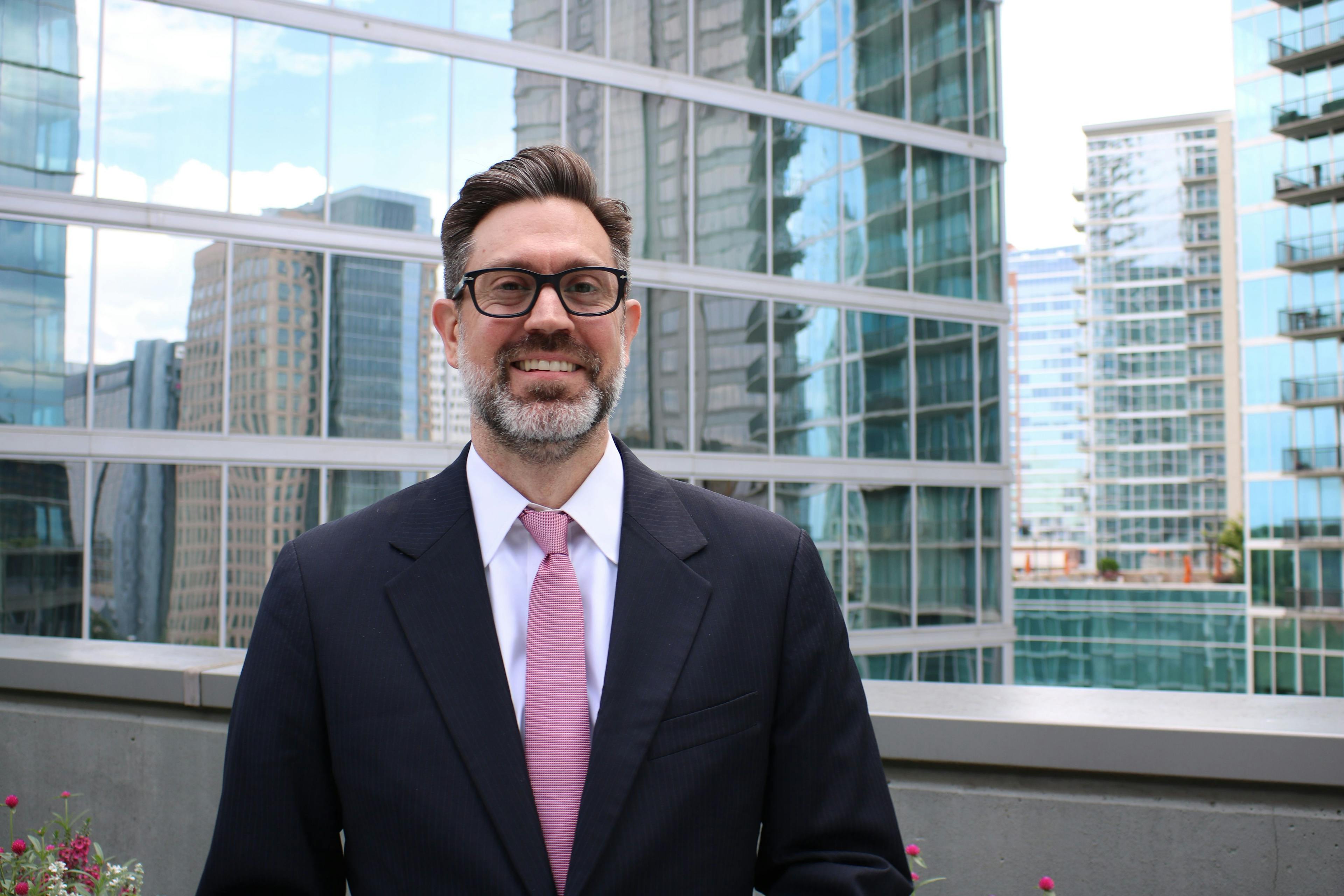- Acne
- Actinic Keratosis
- Aesthetics
- Alopecia
- Atopic Dermatitis
- Buy-and-Bill
- COVID-19
- Case-Based Roundtable
- Chronic Hand Eczema
- Drug Watch
- Eczema
- General Dermatology
- Hidradenitis Suppurativa
- Melasma
- NP and PA
- Pediatric Dermatology
- Pigmentary Disorders
- Practice Management
- Precision Medicine and Biologics
- Prurigo Nodularis
- Psoriasis
- Psoriatic Arthritis
- Rare Disease
- Rosacea
- Skin Cancer
- Vitiligo
- Wound Care
Publication
Article
Aesthetic Authority
Hair Loss: Fact or Fiction?
Author(s):
Aesthetic providers should guide patients toward treatments for hair loss with a long track record of efficacy and away from those with little scientific support.
Patients with hair loss may come into the practice with beliefs about the cause of their condition and what treatments are effective. However, treatments and advice patients find online and through other unsubstantiated sources can perpetuate false, or misleading information. Gabriella DiMarco, MD, of the University of Virginia Medical School in Charlottesville, and Amy McMichael, MD, FAAD, professor of dermatology and chair of the Department of Dermatology at Wake Forest School of Medicine in Winston-Salem, North Carolina, searched PubMed to find evidence to support or refute 12 common misconceptions about hair loss. Based on this research, they wrote a 2017 commentary in the Journal of Drugs in Dermatology.1
What follows are their findings along with 2 updates.
Myth No. 1: Using Minoxidil to treat hair loss causes worsening hair loss.
Evidence: The authors reported that shedding may occur for the first 2 to 8 weeks but is temporary as the hair follicle transitions from the telogen to the anagen phase. Patients should wait 6 to 9 months to see hair return to baseline density or have additional growth.
Update: In an interview with Aesthetic Authority™, McMichael notes many dermatologists now use oral minoxidil much more frequently than in the past.
“Dr. Rodney Sinclair’s study and several others show efficacy and safety for this form of minoxidil,” McMichael explains.
Myth No. 2: Once patients use minoxidil, they must use it for a lifetime.
Evidence: It depends on the type of hair loss. Patients with female pattern hair loss (FPHL) must use minoxidil indefinitely, the authors said. Like other chronic conditions, FPHL needs maintenance medication or hair loss will resume.However, reversible and temporary hair loss conditions do not require infinite minoxidil treatment; it can be discontinued once patients have several months of stable hair growth.
Myth No. 3: If minoxidil does not work in the first 2 months, it will not work.
Evidence: The authors said it may take 4 to 6 months to see results—and could take as long as 1 year—so patients should continue treatment.
Myth No. 4: Zinc supplementation increases hair growth.
Evidence: Zinc is only a successful treatment if patients have deficient serum levels; there is no benefit for those with normal levels, according to the authors.
Myth No. 5: Iron supplementation increases hair growth.
Evidence: Although the authors noted a correlation between low ferritin levels in premenopausal women and hair loss, they said further study was necessary to evaluate iron’s effectiveness.
Myth No. 6: Biotin supplementation increases hair growth.
Evidence: Like zinc, biotin only helps patients with vitamin B7 deficiency, which is uncommon. The commentary reported biotin as safe, but new findings suggest otherwise.
Update: In the interview with Aesthetic Authority™, McMichael says evidence now shows biotin is not as safe as once thought.
“Biotin can interfere with laboratory tests that use biotin as part of as assay in the lab, such as thyroid tests and other hormone levels, including those that measure the likelihood of a recent heart attack. We recommend against taking biotin at this point,” she stresses.
Myth No. 7: Supplements increase hair growth.
Evidence: The authors reported quality issues in patented supplement studies, which are often funded by the companies themselves, and recommended that providers research products to advise patients on effectiveness.
Myth No. 8: Natural topical treatments increase hair growth.
Evidence: There is little to no research to verify efficacy of these treatments, the authors said.
Myth No. 9: Washing hair too often causes hair loss.
Evidence: The authors found no clinical evidence to support this.
Myth No. 10: Brushing hair frequently helps with hair growth.
Evidence: Although 1 small study supported this, the authors noted that frequent hair brushing can result in breakage, which is associated with hair loss.
Myth No. 11: Natural hair is healthier; chemical or heat straightening causes hair loss.
Evidence: The authors explained that there is some veracity to this claim; the amount of damage, however, varies based on factors such as hair type, age, and number of treatments. They advise counseling patients on an individual basis and reducing treatments when damage is present.
McMichael says the best way to steer patients away from treatments without proven efficacy is to encourage them to see a board-certified dermatologist who can “bust the myths we discussed in the commentary and those that are so pervasive on the internet.”
Reference
DiMarco G, McMichael A. Hair loss myths. J Drugs Dermatol. 2017;16(7):690-694.

Newsletter
Like what you’re reading? Subscribe to Dermatology Times for weekly updates on therapies, innovations, and real-world practice tips.




























